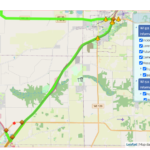Council hears Lakes Advisory Committee update; committee sets goals and objectives
- Home
- Council hears Lakes Advisory Committee update; committee sets goals and objectives
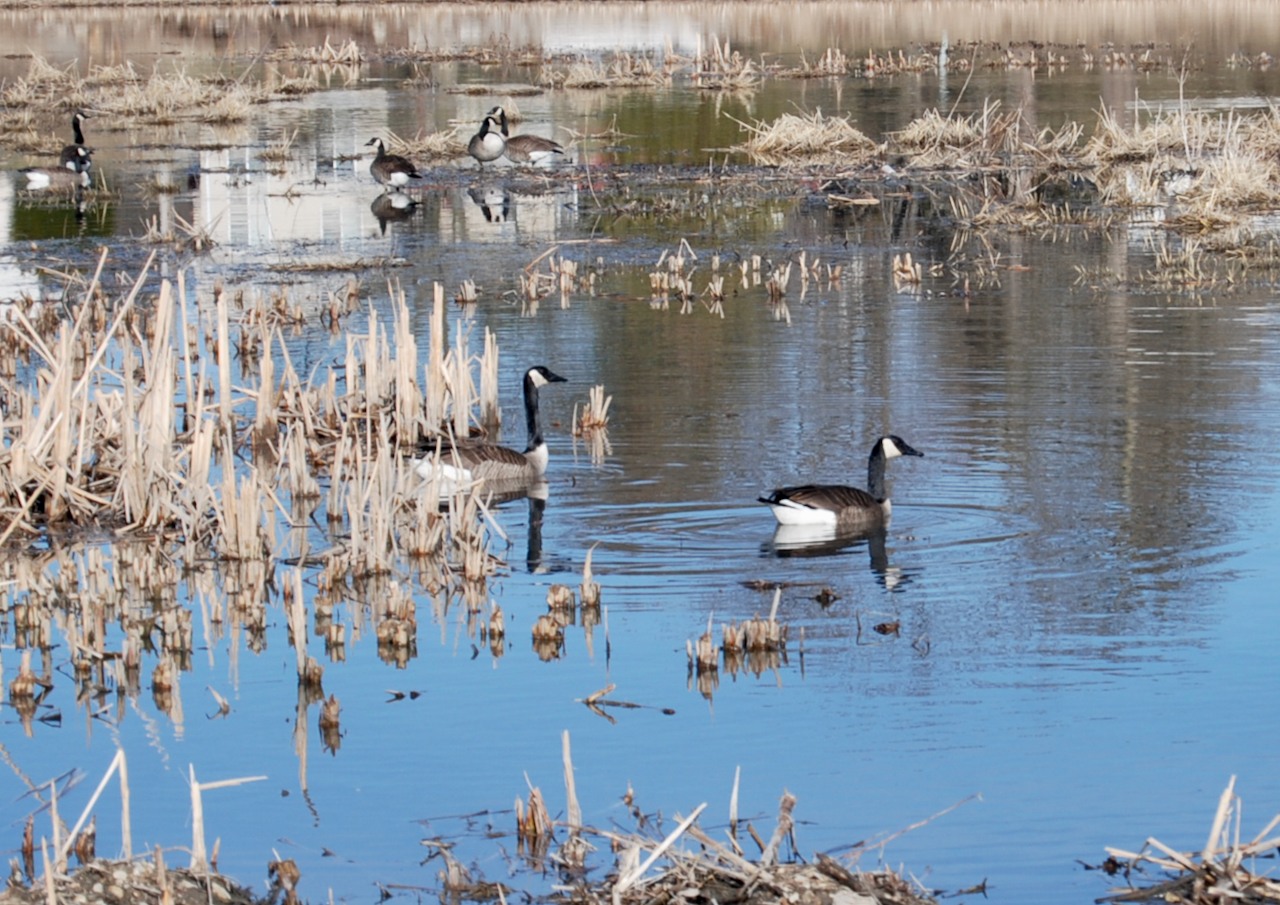
Council hears Lakes Advisory Committee update; committee sets goals and objectives
By Kim McDarison
Members of the Whitewater Common Council last month received an update about progress made by the recently formed Whitewater Lakes Advisory Committee. The committee formed in January and has since met three times.
The update, presented March 19 by Michelle Dujardin, working with Parks and Recreation Director Kevin Boehm as assistant director, offered information, including the establishment of goals and objectives set by the committee for the management of Whitewater’s two downtown lakes, Trippe and Cravath.
Dujardin told council members that the advisory committee, over the months of January, February and March, had been created, and had been given a presentation by the Whitewater-Rice Lake District. Additionally, the group had set some goals and objectives for the city’s two downtown lakes — Trippe and Cravath — and had received information from the Southeastern Wisconsin Regional Planning Commission (SEWRPC).
Further, she said, permission to amend the city’s permit to allow for future dredging projects has been requested of the state’s Department of Natural Resources (DNR).
The city’s staff would continue to monitor the lakes for bogs.
Dujardin produced a chart, outlining 23 goals and objectives set by the committee. They ranged from “creating a lake district,” to dredging and “bring(ing) back (a) swimming hole at Trippe Lake.”
Dujardin also shared a summary of topics discussed between the committee and representatives of SEWRPC. An outline of the discussion was presented as follows: Under a heading of “outside of plan,” she said the commission could provide advice to the city on such topics as “plan development,” addressing “floating bogs” and cattail die-off from high water levels, and the city could make an application for a DNR Surface Water Restoration Grant to help address cattail management, and work to bring about fish restocking this year, with many of those activities taking place before a more permanent management plan was developed.
Short-term plan
Dujardin next outlined a short-term plan, which, she said, would include an aquatic plant survey taken on both lakes, which she noted, “would inform an updated aquatic plant management plan for the lakes,” and a shoreline survey, which, she stated, would use DNR protocols and help document the situation of cattail encroachment. She suggested that conducting the survey in 2025, or later, “may better document ‘typical’ conditions if cattails begin to die off.”
Additionally, short-term plans called for requesting information from the DNR fisheries biologist regarding an already completed fishery survey for the lakes.
The plan called for water quality monitoring this year. She said the activity would ideally be a collaborative effort using city, district and University of Wisconsin-Whitewater volunteers.
Long-term plan
Under a heading of “Plan: Long Term,” Dujardin said efforts in aquatic plant management would continue, with survey results used to apply for aquatic plant management permits as a city or district, rather than applications made by individual homeowners.
Planning includes the enhancement of warm-water sport fishing, by stocking the lakes with bass, crappie and perch, among other fish.
Additionally, she said, the committee would work to develop a long-term plan to help reduce the carp population in the two lakes.
Measures would be taken to improve water quality. The committee would research and request funds to continue water monitoring efforts in 2024, and gather data to produce trends in conditions affecting the lakes, tributaries and Whitewater Creek downstream.
The committee also would take steps to ensure that the city or district has a permit to address issue of shoreline restoration on private properties.
Under a subheading of “Stormwater Management,” the committee will plan to incorporate “major elements and actions from (a) 2017 stormwater management plan, and additionally will investigate potential impacts of stormwater pollutants affecting water quality, as part of “pollutant load modeling,” Dujardin said.
Looking at recreational uses of the lakes, she said plans called for the installation of signs with QR codes through which the city might query users about how they recreate and the types of fish they catch.
Further, she said, using available information, the committee would embark upon developing information about the lakes’ characterizations, including such metrics as lake size, bathymetry, and a “brief review of dam infrastructure and operations,” and its watershed.
The information gathered would seek to present an understanding of civil divisions, households and urban growth, and the nature and conditions of wetlands within the watershed. She said such data would inform the pollutant load modeling, among other considerations.
Under a subhead of “Pollutant Loading,” Dujardin noted that such activity would be conducted to examine major pollutant sources, and determine “recommended practices and programs” to reduce pollutant loading. She listed agricultural practices, wetland enhancements, stormwater management, and lawn and shoreline care as among factors to be explored.
Dujardin also cited grants and funding opportunities as part of the committee’s long-term planning considerations.
“We will recommend grants, programs, and other funding opportunities to help implement the practices and programs that we recommend within the plan. These will include grants that the city, district, and individual homeowners are eligible applicants for,” she wrote in a provided summary.
She said next steps for the committee include working with SEWRPC to begin drafting a “scope of work” document for use by both the city and the commission to address items within both the short-term and long-term plans with a “preliminary budget.”
Sharing a slide, titled: “What’s next!”, Dujardin said a lakes fish survey would be conducted, which, she said, has not been done since 2015.
The committee would develop a stocking plan for 2024, and look at dredging options. Also, identified individuals representing the city’s interests were anticipated to attend the Wisconsin Lakes and Rivers Convention, which was held in Stevens Point earlier this month.
In future meetings, the city’s lakes advisory committee would discuss “lakes district creation tools,” and a stormwater quality management plan.
Committee history: New year, new committee
The Whitewater Lakes Advisory Committee held its first meeting in January.
January, initial meeting
According to the meeting minutes, those present for the meeting included Carol McCormick, Elvira Kau, Gayle Stettler and Kurt Zipp. Geoff Hale attended the meeting remotely. Absent from the meeting was committee member Ginny Coburn.
Business conducted during the meeting included the election by the group of a committee chair. Zipp was nominated and and elected. The group additionally elected McCormick as vice chair.
Both Boehm and Dujardin also were in attendance, with Dujardin presenting to the group information about a city ordinance, No. 2072, which created the advisory group. As noted in the ordinance, it was adopted by the city council in October, 2023.
The ordinance stipulates that the committee shall be comprised of “up to five members, and no less than three members,” with one alternate. Individuals shall be placed on the committee through an appointment process, beginning with a review of applicants made by the city manager and council president, who will next recommend applicants to the city council. The appointments shall be made by the city council. Committee members shall serve for three-year terms, with the possibility of reappointment for up to two additional terms.
The ordinance stipulates that members of the committee “should represent diverse backgrounds including … residents, environmental experts, local business owners, and recreational enthusiasts.” Members, according to an eligibility statement, must reside in the city of Whitewater or “have expertise related to lake preservation and enhancement.”
As written in the ordinance, the committee shall deliver semi-annual updates and reports to the common council.
During the meeting, according to its minutes, a discussion was held to create goals and objectives.
February workshop
The committee continued its work in February when a workshop was held at the city’s municipal building during which time those in attendance received a presentation from members of the Whitewater-Rice Lakes Management District about creating a lakes district.
March, storm quality management plan discussed
In March, committee members received a presentation from SEWRPC, and a storm quality management plan was discussed.
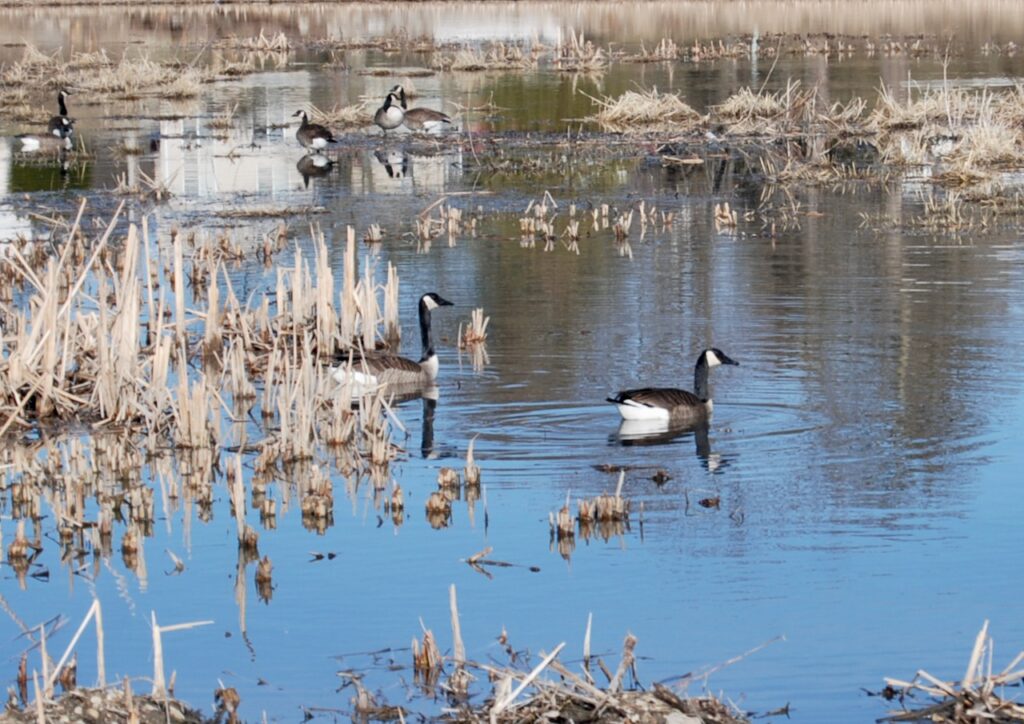
Geese glide along waters within Cravath Lake last fall. File photo/Kim McDarison.
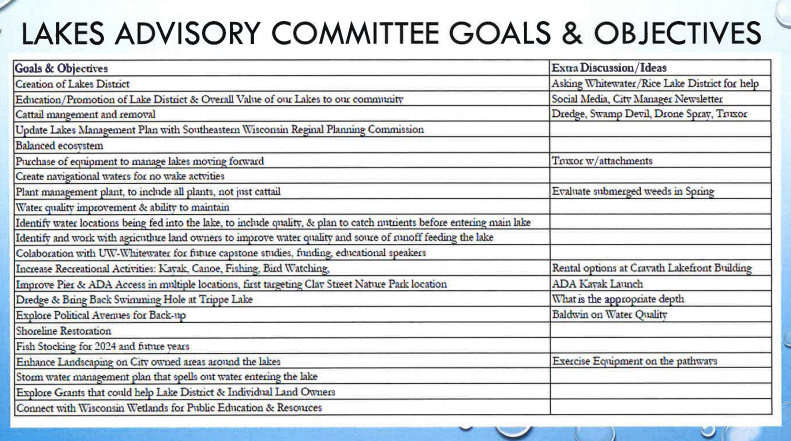
A slide, showing a list of 23 goals and objectives, as developed by the Whitewater Lakes Advisory Committee, is presented. The slide was included within a presentation about the committee’s progress given to the city’s common council by Assistant Parks and Recreation Director Michelle Dujardin last month.
This post has already been read 847 times!
Kim
Our Advertisers
Most Read Posts
- Keith Leonard Thayer

- Eight finalists make the cut in Whitewater WindUp competition; winner to be chosen May 18

- UW-Whitewater students celebrate as weather warms up and school year winds down
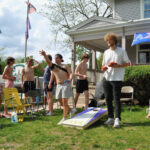
- PSAs: Walworth Avenue to close for public works projects; recycling event scheduled
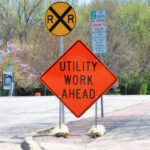
- I-43 resurfacing in Walworth County to begin May 6
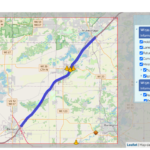
- Whitewater outdoor City Market returns
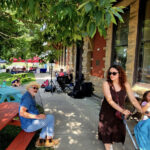
- ‘Ending the Genocide: Towards a Shared Future for Palestinians and Jews’ presentation offers insight regarding Israeli-Palestinian conflict

- Road work ahead
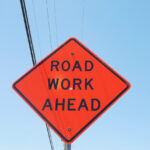
- Whitewater Housing Roundtable SEWRPC presenter says affordable housing likely comes through smaller lot sizes, homes
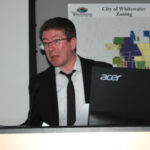
- DOT: Two-phased improvement project slated for highways 11 and 12 in Walworth County
